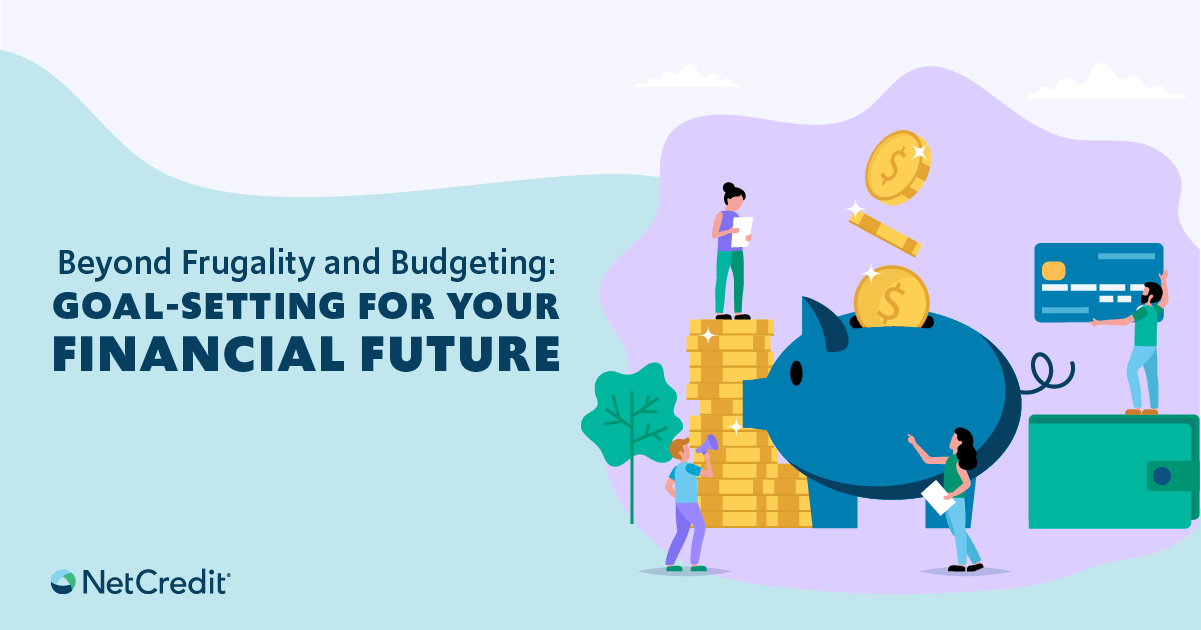“Start early” is one of the first tips any financial planner will offer regarding retirement. But if you find yourself age forty or older with little to no savings set aside for retirement, simply wishing you’d started earlier won’t get you anywhere.
We spoke with two certified financial planners who offered tips specifically for those who have gotten off to a late start with retirement planning. Below, Peter Donohoe, a CFP in Quincy, Massachusetts, and Brian Frederick, a CFP in Scottsdale, Arizona, offer their top tips for older adults who are feeling the crunch to save for retirement.
Don’t get discouraged
“People in their 40s with little or no retirement savings may tend to get anxious about their lack of retirement funds,” says Donohue. But you can’t turn back time, so don’t waste your effort regretting past decisions. Adults need to start focusing on what they need to do for the future.
Do something
“Inaction is the path of least resistance,” says Donohue. “When clients get discouraged in step one, often times they can’t choose a course of action.”
In fact, there are many things people can start doing right away to chip away at this big financial challenge.
Create a budget
“Even a rudimentary budget will help bring clarity to cash flow and identify opportunities for lifestyle change that allow for retirement saving,” says Donohue.
For starters, this list of budgeting apps can get you on track to put money aside for retirement.
Check out options
Donohue notes that it’s important to identify the best vehicle for your retirement dollars. According to Donohue, “401k via work with a match, IRA, pensions and savings accounts (are all options). Find a vehicle that makes sense and that you feel comfortable with owning.”
Make it a bill
“It sometimes helps to view retirement savings as another monthly bill just like the mortgage or the heating bill,” says Donohue. “This is an expense that must be paid on a regular basis and should be viewed as such.”
Planning for retirement is not an option or luxury. It is an absolute necessity.
Estimate your goals
“When will you retire? How much will you need? Are other expenses (college) on the horizon that may impact your savings?” Donohue notes that having a realistic idea of how much you need will help to plan accordingly.
Turn tax returns into savings
“Are you getting a tax refund every year?” asks CFP Brian Frederick. “If so, change your tax withholding so you don’t get a refund and instead contribute the money to a retirement account.”
This can potentially increase the amount of money you’re putting away toward your 401K, IRA or other retirement plans.
Call in the professionals
“Obviously I’m biased when I mention this one – but bring in a professional,” says Frederick. If what you’ve been doing to save thus far hasn’t worked, “the longer you wait to get on the right track the fewer options you are going to have.”
Look at career options
Defined benefit plans are effective methods for planning for a more secure retirement. However, many private sector have replaced traditional pensions with defined contribution 401Ks. But many government positions do still offer defined benefit pensions.
“Are there government jobs with a pension that are similar to your current role?” Frederick asks. “A lot of times you only have to work someplace for 10 years to be vested for a pension.”
Focus on what you can control
Frederick recommends focusing on the three things you can control: how long you work, how much you save, and how much you spend. “Ignore everything else that you can’t control such as interest rates and stock market volatility. It’s just noise.”
For more tips on putting money away for later in life, check out our full retirement planning series.





